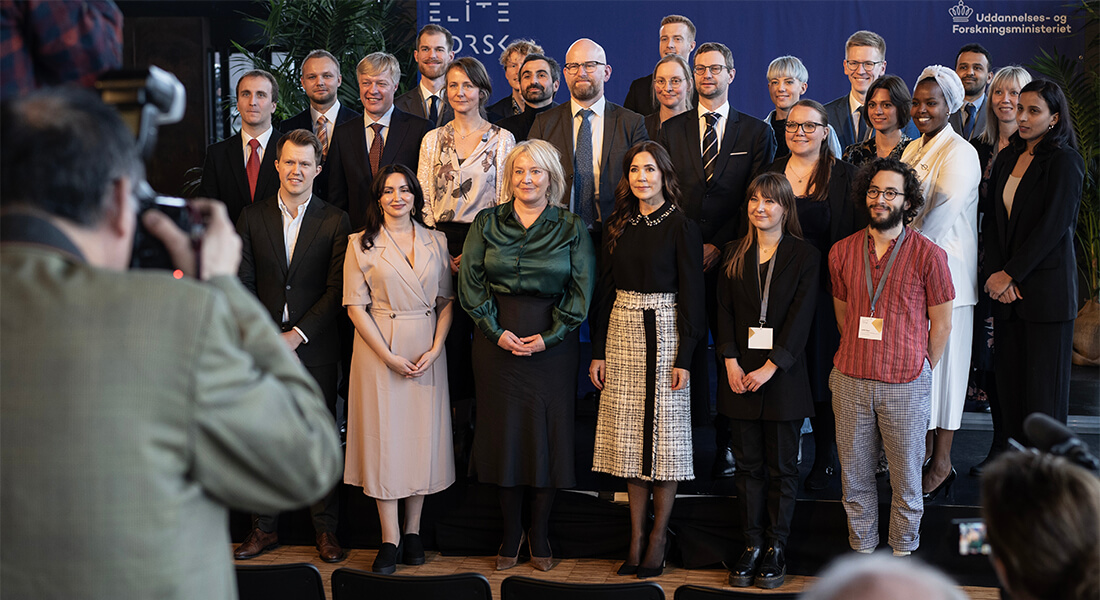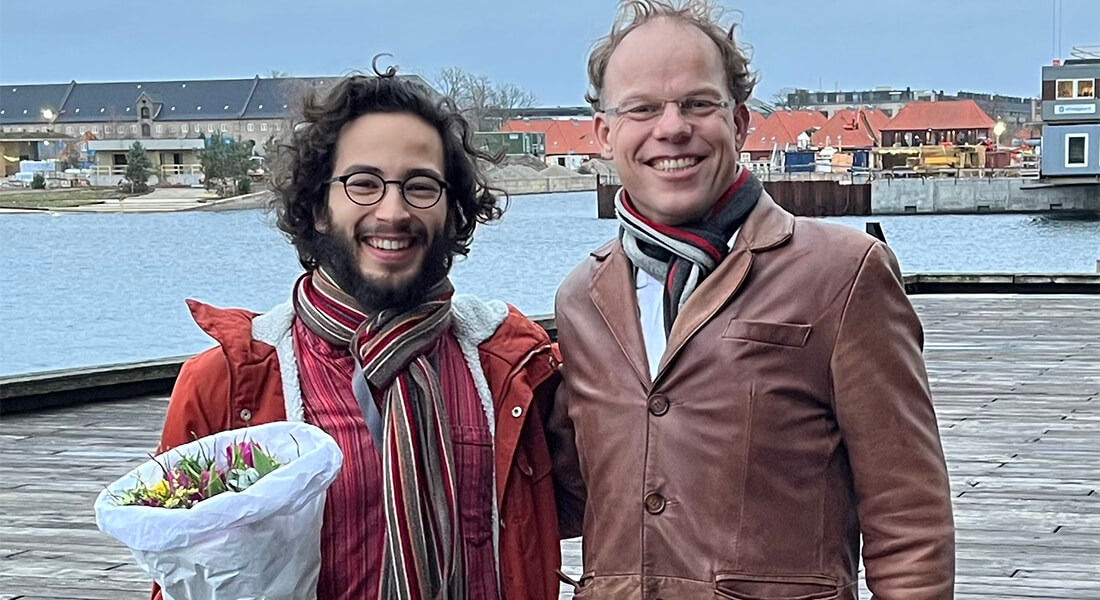Elite Research Travel Grant to Maxime Ramzi
PhD student at the Department of Mathematical Sciences, Maxime Ramzi, received 20 January a travel grant of DKK 200,000 at the annual Elite Research award ceremony. It makes it possible for him to do a long-term research stay in the USA.

The Elite Research Initiative is the unifying brand name for a series of initiatives designed to honour and support the biggest research talents in Danish research. The Elite Research Travel Grant helps very talented PhD students to perform longer-term studies in some of the best research environments in the world. Maxime will use the grant for a long-term research stay in the USA, including Harvard University.
"Mathematics is a very social field of research. It is really important to talk a lot with others. This is how you can get new ideas, understand other people's ideas and share your own work. The travel grant means that I will have many opportunities to share my work with others and hear what is happening elsewhere", says Maxime.

Maxime Ramzi is employed at the Copenhagen Centre for Geometry & Topology. His supervisors are Jesper Grodal and Markus Land. Maxime is French and studied at the École Normale Supérieure (ENS) and at the same time at the Sorbonne Université, where he got his master's.
A new look at equals
Maxime receives the travel grant for his project "Homotopic algebra: a new look at equality". He explains his research as follows:
We allow equality to become itself an object of study. Where classical algebraists write things like x+y = 3z, or 2+2 = 4, a homotopy theorist will want to say not only that 2+2 = 4, but also why. This may seem a bit weird, but an example of this is the following: there are two reasons why 2+2 = 2+2: one of them is that x is always equal to x, so x = x, and you can apply this to x = 2+2. Another reason is that x+y is always equal to y+x, so x+y = y+x, and you can apply this to x = 2, y = 2. These two reasons feel very distinct, and in homotopy theory this is somehow reflected by saying that there are two equalities (or "homotopies") between 2+2 and itself.
This complicates matters a whole lot, but also makes the whole thing very fun!”
“Abstract mathematics often has no purpose, even if it can be used long after it is developed. That freedom – not worrying about usability – often leads to good and perhaps useful mathematics,” says Maxime.
Contact
PhD student
Maxime Ramzi
Department of Mathematical Sciences
ramzi@math.ku.dk
https://sites.google.com/view/maxime-ramzi-en
Professor
Jesper Grodal
Department of Mathematical Sciences
jg@math.ku.dk
https://www.math.ku.dk/~jg
Tel.: +45 3532 0686 - Mobile: +45 5010 0713
